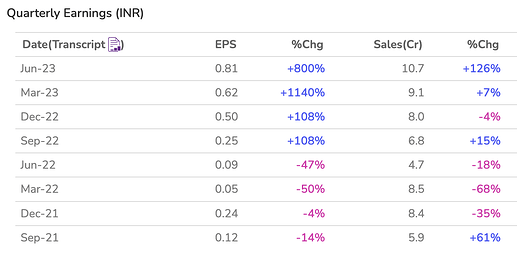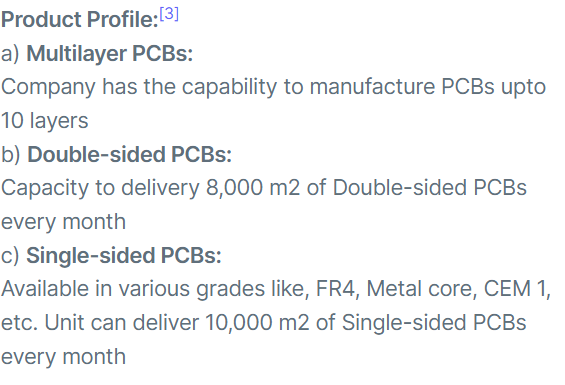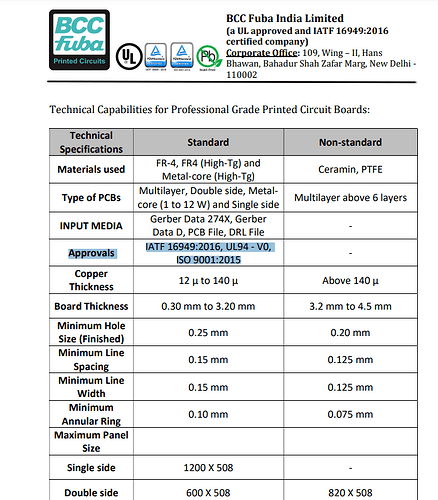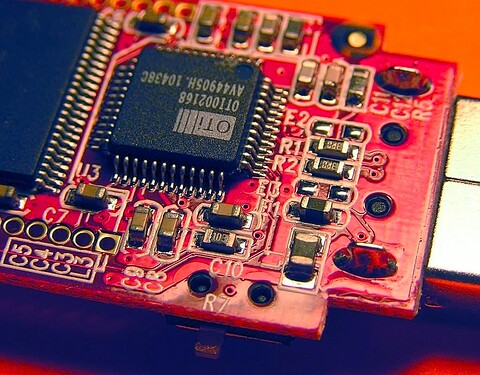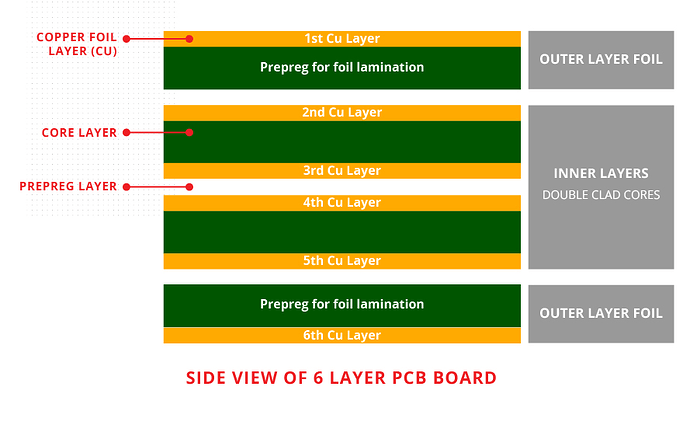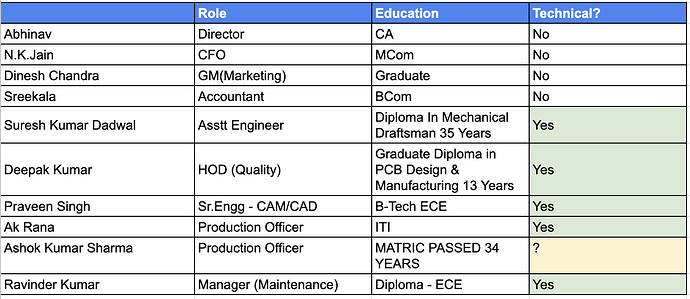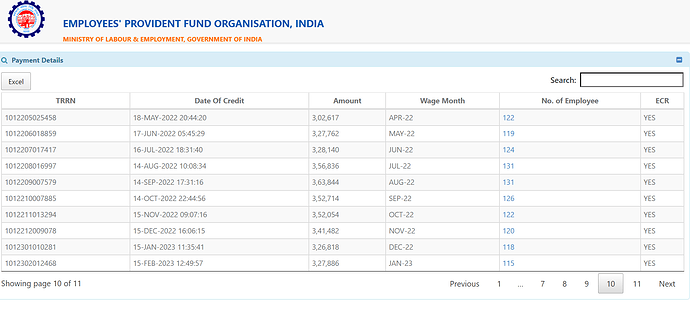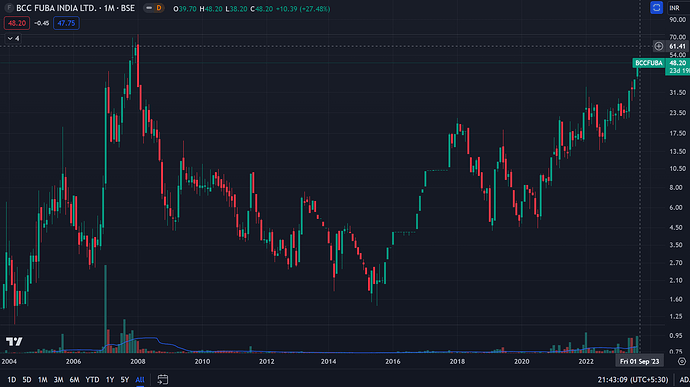About the company:
Set up in 1985 for the manufacture of professional-grade PCBs, BCC Fuba India Limited was one of the early entrants in the Indian PCB market. It took root as a joint-venture collaboration with Fuba Hans Kolbe & Co., Germany, a company having the fine distinction of being the largest PCB manufacturer in Europe, along with DEG, Germany, a well-known European financial institution. Accordingly, the facility was set up and developed with the most high-tech machinery imported from Germany, Italy, France, the UK and the USA. Further, the company was infused with a powerful impetus package that combines the world’s best technological inputs with the complete manufacturing and quality control processes and skills, including certain special methods innovated and known only to Fuba Hans Kolbe& Co to date. To this, we have constantly made advancements keeping in mind the change in technology and the needs of our customers.
The Company is in the business of manufacturing single-sided, double-sided and multilayer (up to 8 layers) PCBs for a vast variety of applications.
Today, with our combination of highly advanced equipment and an expert, experienced team, we bring only the highest quality standards to the table. Our long list of eminent clients pays testimony to this.
Over the years, we have been awarded the IATF 16949:2016 certification, along with the certification by the Underwriters Laboratories (UL), USA. We are, therefore, certified to meet all DIN and US MIL standards and IPC specifications.
Facility Location:
Our facility is located in the clean environment of Nalagarh, Himachal Pradesh, situated at the foothills of the Himalayas. The facility was designed and constructed under expert guidance from Fuba Hans Kolbe Germany and is fully air-conditioned and dust free.
Built on around 5 acres, the facility is geared to meet all the requirements of PCB manufacturing, especially when it comes to utilities. The facility also has ample unused space for future expansion.
Point of Change (New Management):
The year 2016 marked the dawn of a new era along with the entrance of the new promoters of the company, having existing business interests ranging from cable manufacturing, AC coils manufacturing, and manufacturing and distribution of goods like switch gears, LED lights and switches. The group has its manufacturing facilities situated in the hill state of Uttrakhand, Haryana, Rajasthan and Karnataka.
30-year-old, Abhinav Bharadwaj has been appointed as the new CEO from 1st Aug, 2023. He is also a CA.
Products:
- Multilayer PCBs: As electronic equipment becomes more complex and compact, the precise miniaturisation of devices becomes very critical. BCC Fuba has been manufacturing and exporting multilayer PCBs since its inception and has the capability to manufacture PCBs up to 10 layers.
- Double-sided PCBs: Set up in 1989 along with Fuba Germany, our Double-sided PCB manufacturing unit has the capacity to deliver 8,000 m2 of Double-sided PCBs every month.
- Single-sided PCBs: Our state-of-the-art Single-sided manufacturing unit has been set up recently which can deliver 10,000 m2 of Single-sided PCBs every month. We can offer Single-sided PCBs in various grades like FR4, Metal-core, CEM1, etc.
Shift in Business from Trading to PCB Manufacturing:
Acceleration in Net Profit YOY:
PCB Manufacturing Industry in India:
Does the company have any technical edge?
As per the concall notes from Keynes Technology in Aug 2023:
Two-layer and more PCBs are more technologically superior and are a high-margin business. It takes time for technology development partnerships. The company already has the tech to manufacture 8-10 layer PCBs.
Company is doing New Hiring:
About the Technology Partner Fuba Printed Circuits:
Established in 1991, Fuba Printed Circuits is one of the leading providers of printed circuit board services from product concept to maturity.
Fuba is focusing on high-quality multilayer PCB mass manufacturing for the European automotive industry, as well as the U.S.A. Making use of a lower cost base in Tunisia, FUBA has established long-term supplier relations to serve the demands of well-known automotive first-tiers and OEMs…
Its 22 years of experience in PCB manufacturing across a myriad of customers enables Fuba Tunisie to cater to the specific and technology-driven challenges from the automotive, medical, telecom and industrial sectors. Fuba Tunisie has always prided itself to be the one to offer advanced copper inlays, controlled depth, impedance control and up to 26 layers of technology.
FUBAs strategic plan is focusing on expanding into high-tech, high-reliability PCB manufacturing in larger serial production.
Risks:
- 65% of the Raw materials/ chemicals/ stores and spares are imported.
- Non-technical promoters and management
- Need to see the direction of related party transactions
- Limited information about the company
- Low liquidity in nano cap
- Fuba Printed Circuits has reduced their stake from 8.79 to 3.48
Related party Transactions in FY 2021-22:
Technical Charts:
Breakout on huge volumes
Investment Rationale:
- Company is not even in the top 10 PCB manufacturers in India.
- PCB market is valued at 4.5 Billion$ in 2022 and is continuously growing.
- PCB market will grow even further in the rising electronics industry in India.
- Change in management has given a fresh impetus to the company.
- Company already has the tech and is in partnership with the German company.
Open questions:
- Does Fuba Printed Circuits GMBH is an exclusive technology partnership with the company?
- Is the company doing PCB manufacturing or PCB assembly? (Just need confirmation)
- If they had such good technology why the company was not able to scale in past?
Please share your valuable findings if you have researched the company.
Disclosure: Currently evaluating the company.
Current Market Cap: 70 cr.
Price: 45.9


